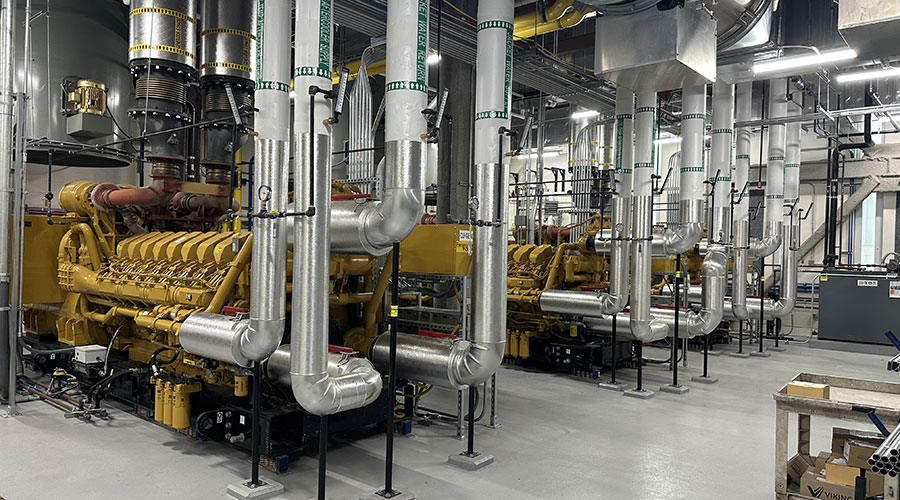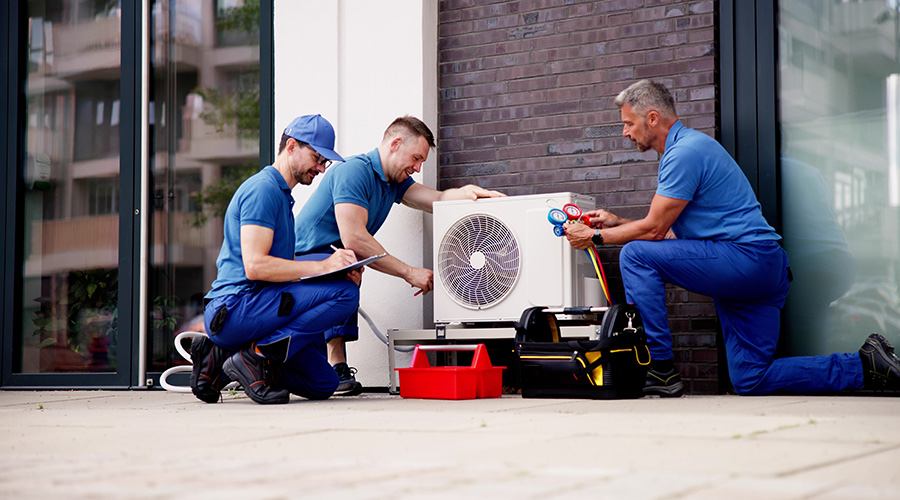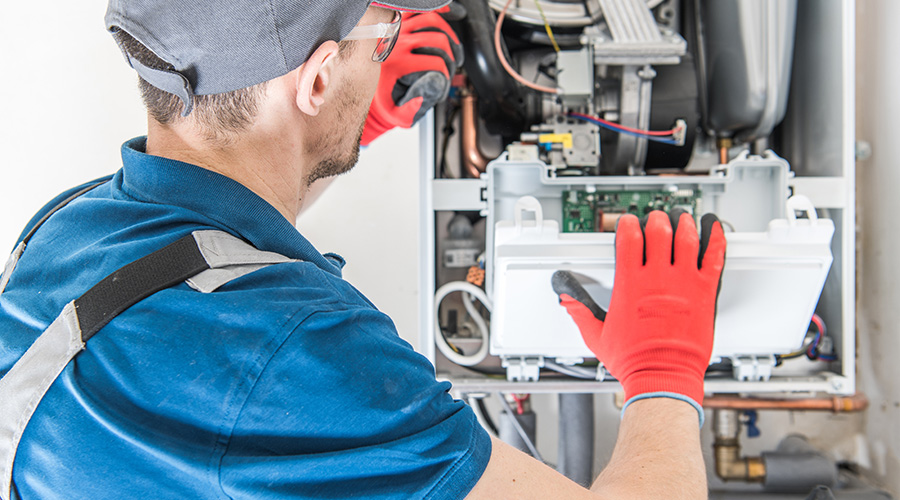Variable Air Volume Considerations for Critical Facilities
One challenge for managers can occur in laboratories that were designed with VAV systems. Managers can implement two strategies in VAV and constant-volume laboratories.
Sash-height alarms. One little-known fact is that many fume-hood controllers that monitor actual sash position can generate an audible alarm when the sash remains open over a specific face area for a predetermined amount of time. These alarms let operators know they might be operating the hood sash past a safe position and can be a reminder to close the sash when not in use.
For temperature control in laboratories with VAV systems, the SAV only operates at maximum flow setpoint when the room requires cooling or when the fume hood sash is open to the maximum position and the maximum make-up airflow is required to maintain proper room pressurization. Enabling sash alarming can remind operators to close hoods when not working in front of them.
Occupancy sensors controlling face-velocity setpoints. Typically, laboratory personnel do not stand in front of a fume hood for eight straight hours or even occupy the space for one straight shift. This is an opportunity to decrease the face velocity of the fume hood, which will decrease the amount of make-up air required to properly pressurize the space.
Managers need to implement this option carefully. When decreasing or increasing face-velocity setpoints, refer to the manufacturer's installation, operations, and maintenance manuals for fume hoods. Some hoods require adding or removing parts to achieve the desired operation, and operators might not be able to modify some hoods at all.
A typical laboratory is controlled based on a calculated offset between the total air supply and the total exhaust airflow setpoints. This method does not guarantee that a laboratory is pressurized properly. During design, when cost estimates are high, controls are often the first place budget cuts occur. Individual laboratory pressure sensors are sacrificed. Adding space pressure sensors allows the EAV or SAV to trim in order to maintain proper pressurization.
Related Topics:













